 Image 1 of 10
Image 1 of 10

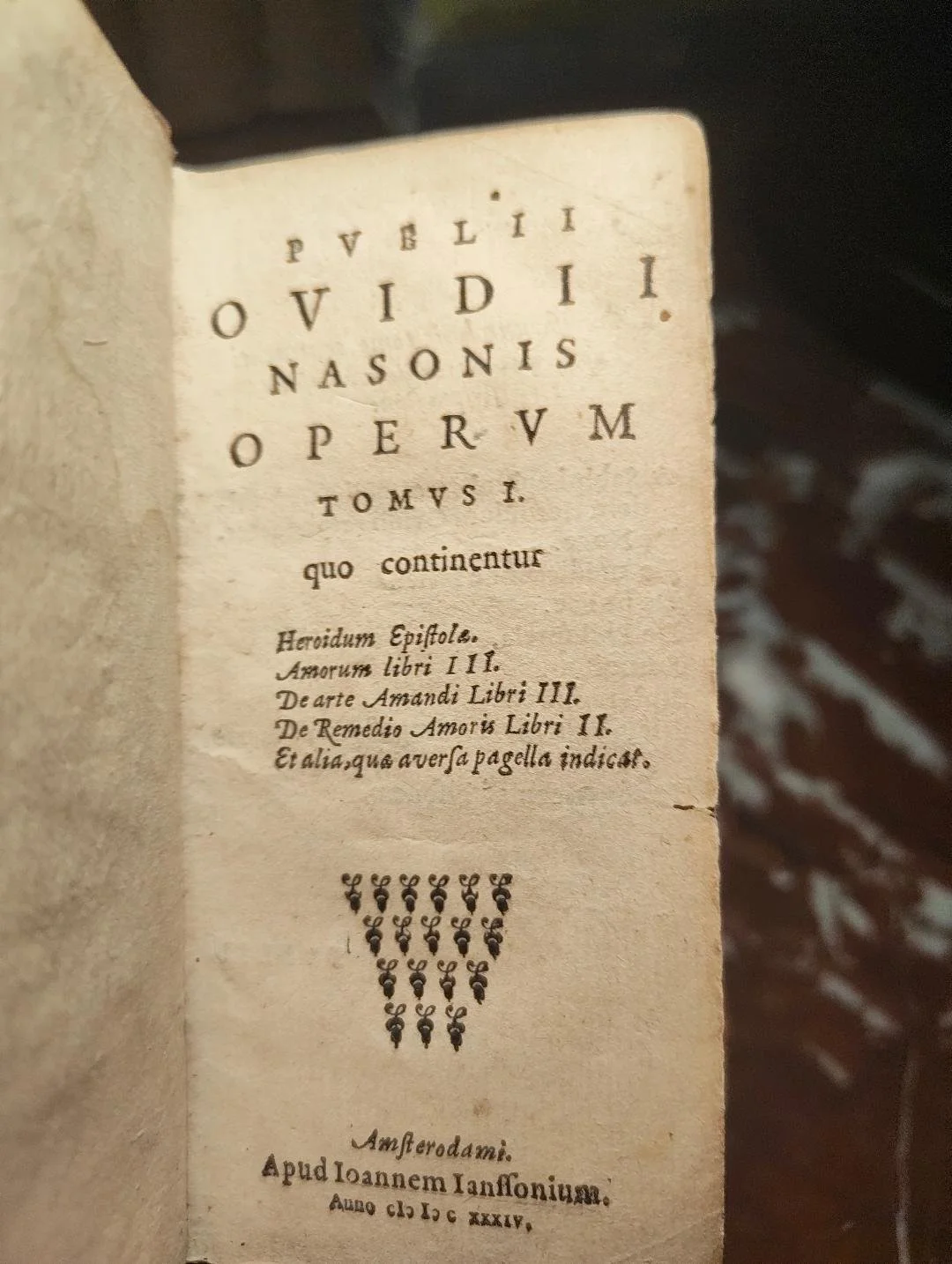 Image 2 of 10
Image 2 of 10

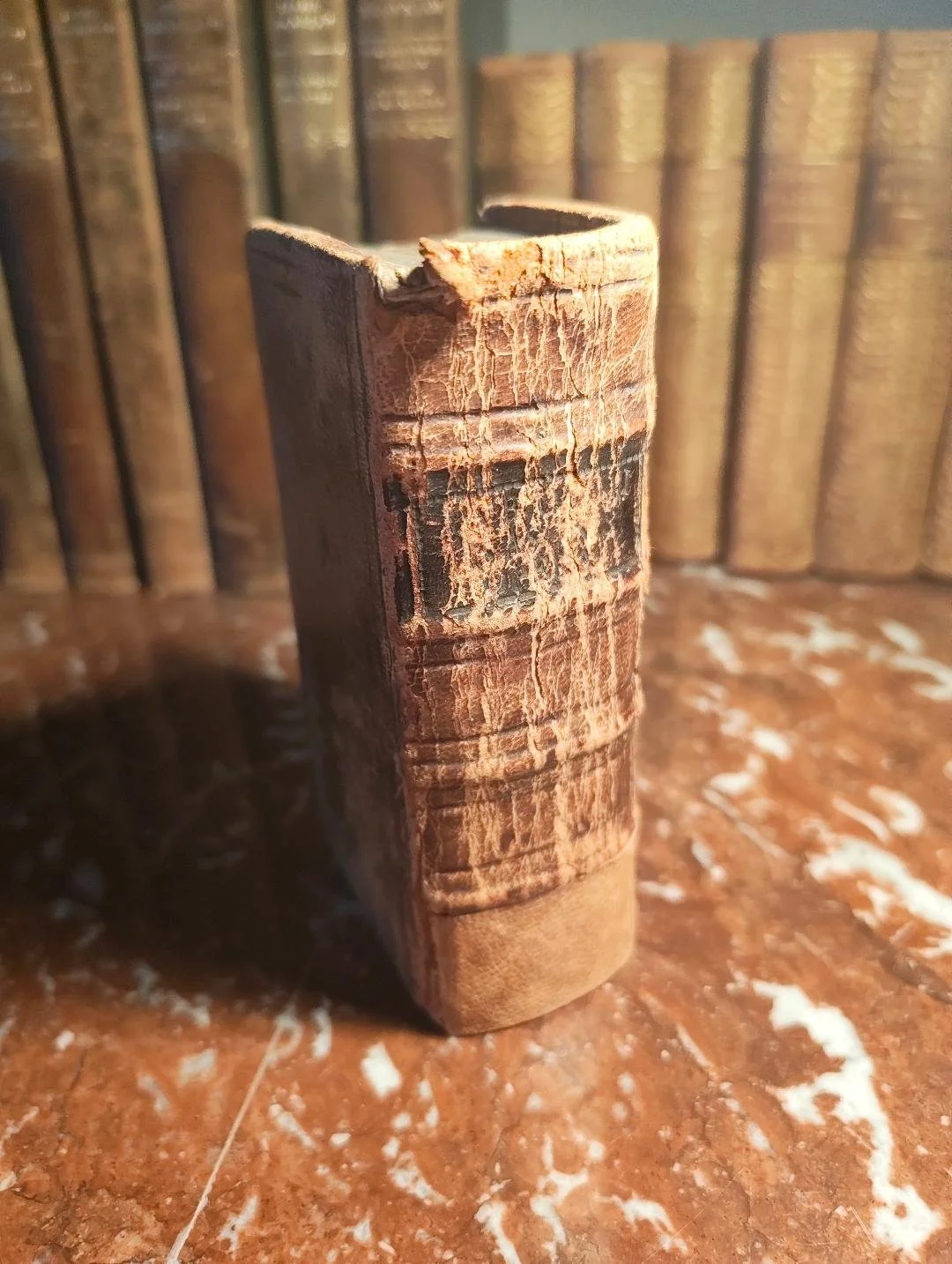 Image 3 of 10
Image 3 of 10

 Image 4 of 10
Image 4 of 10

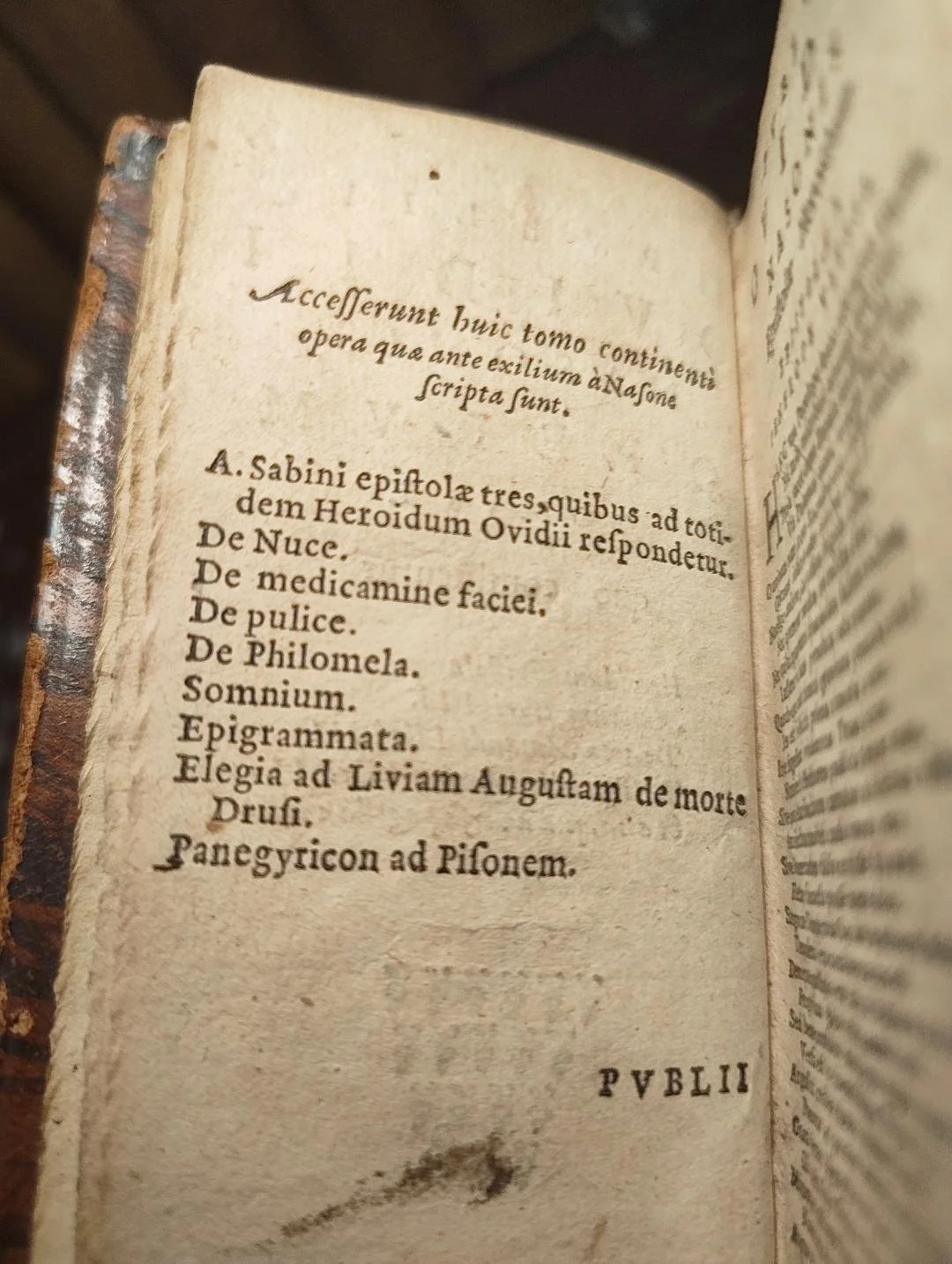 Image 5 of 10
Image 5 of 10

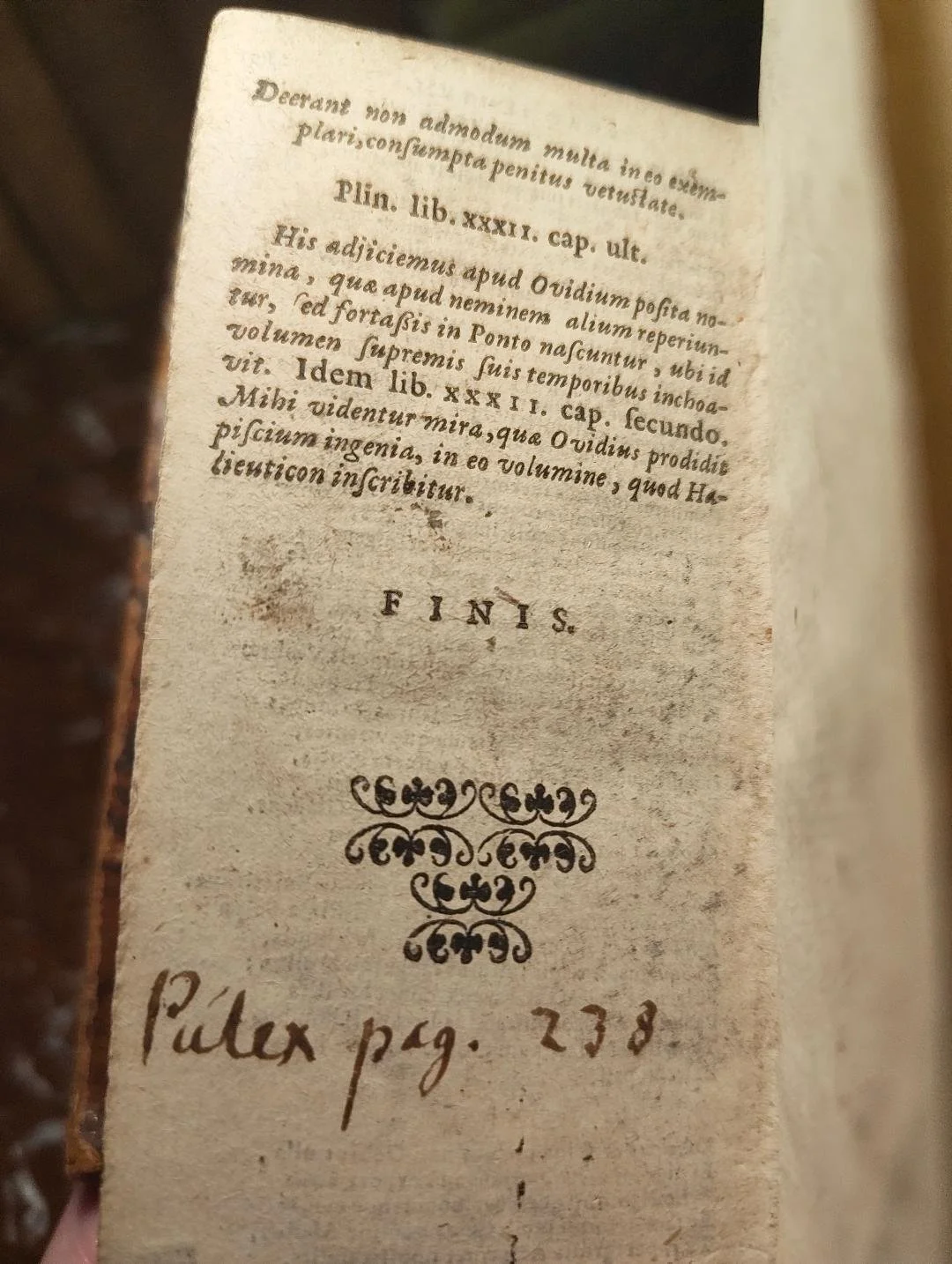 Image 6 of 10
Image 6 of 10

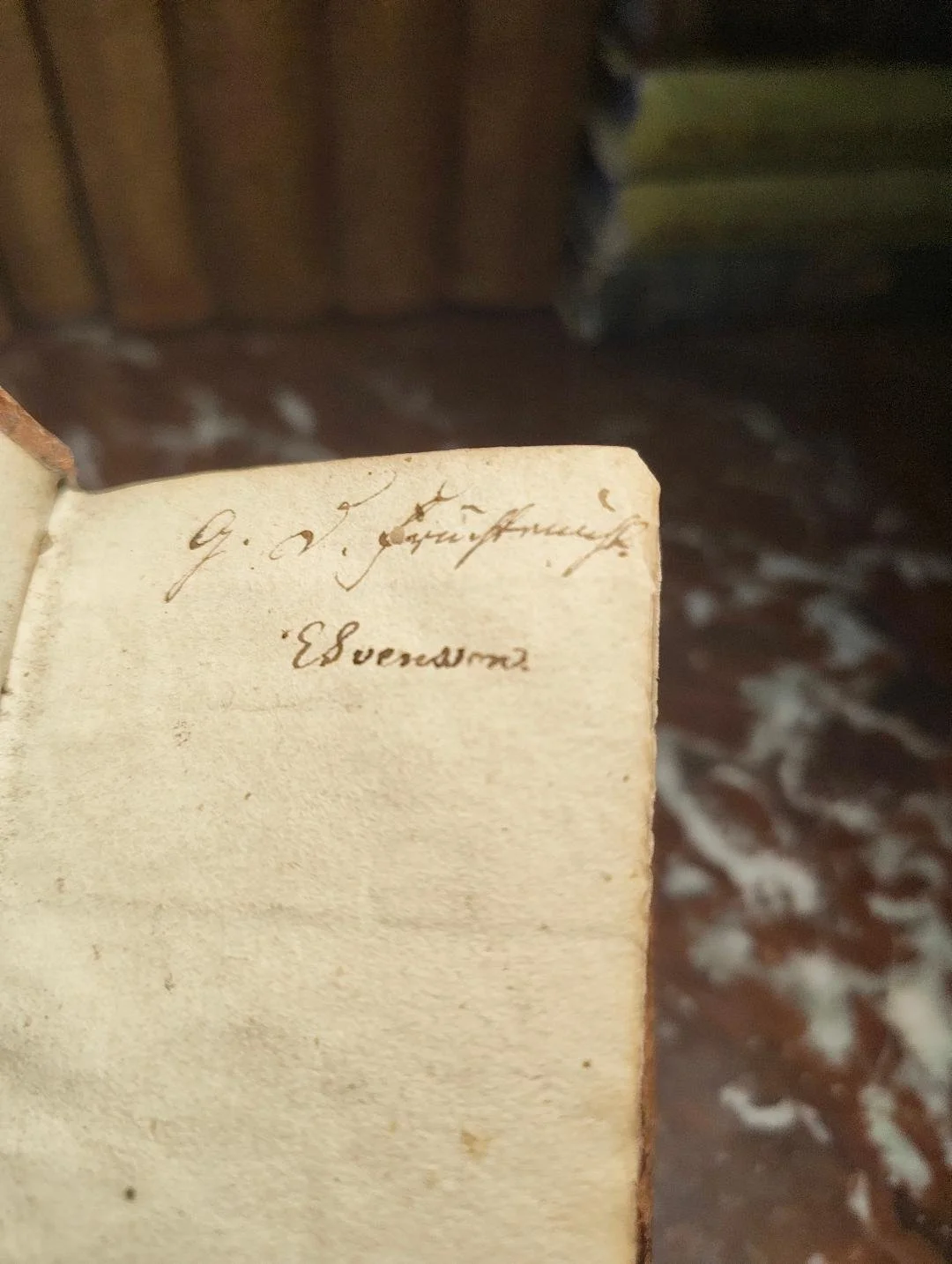 Image 7 of 10
Image 7 of 10

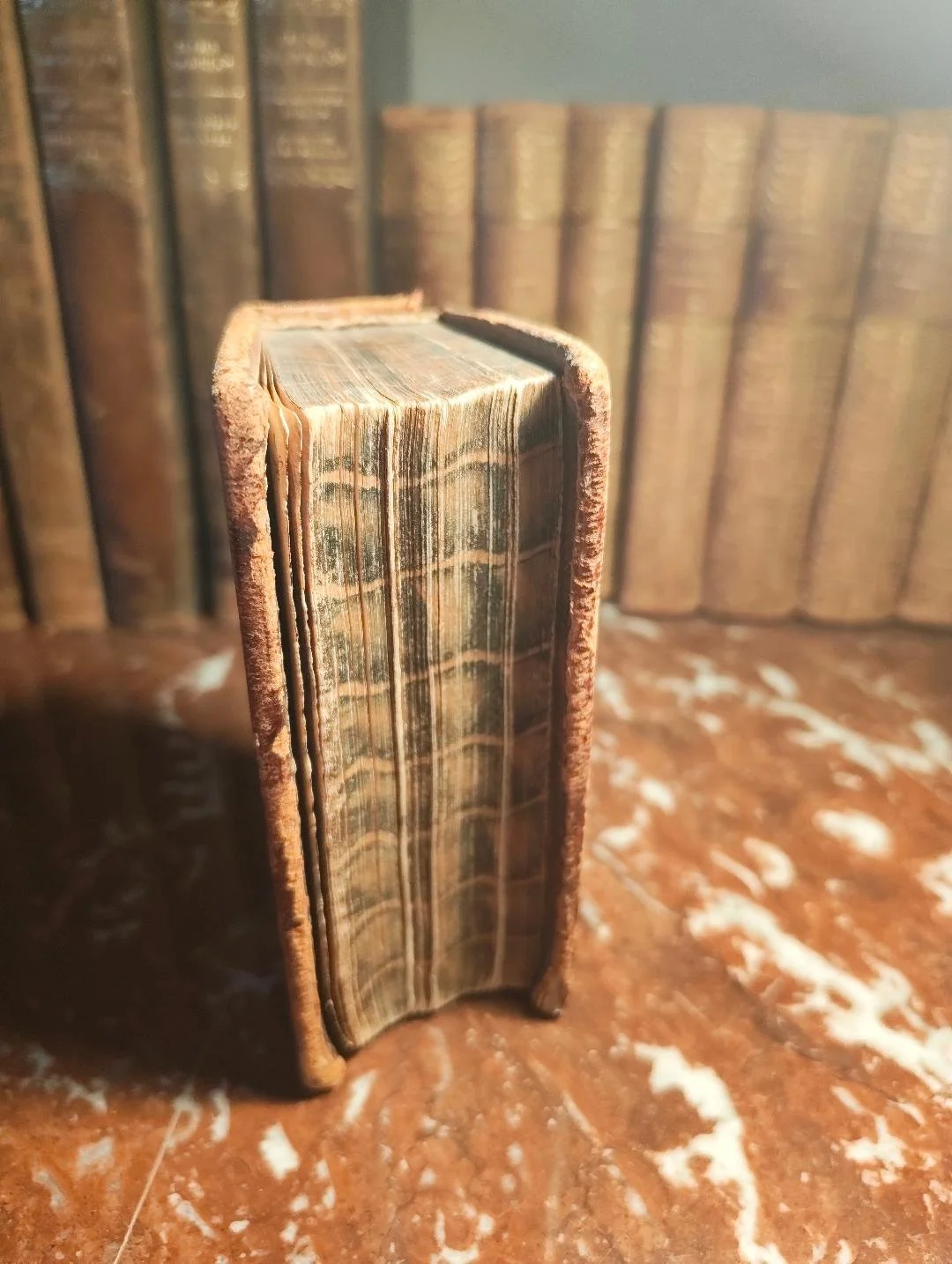 Image 8 of 10
Image 8 of 10

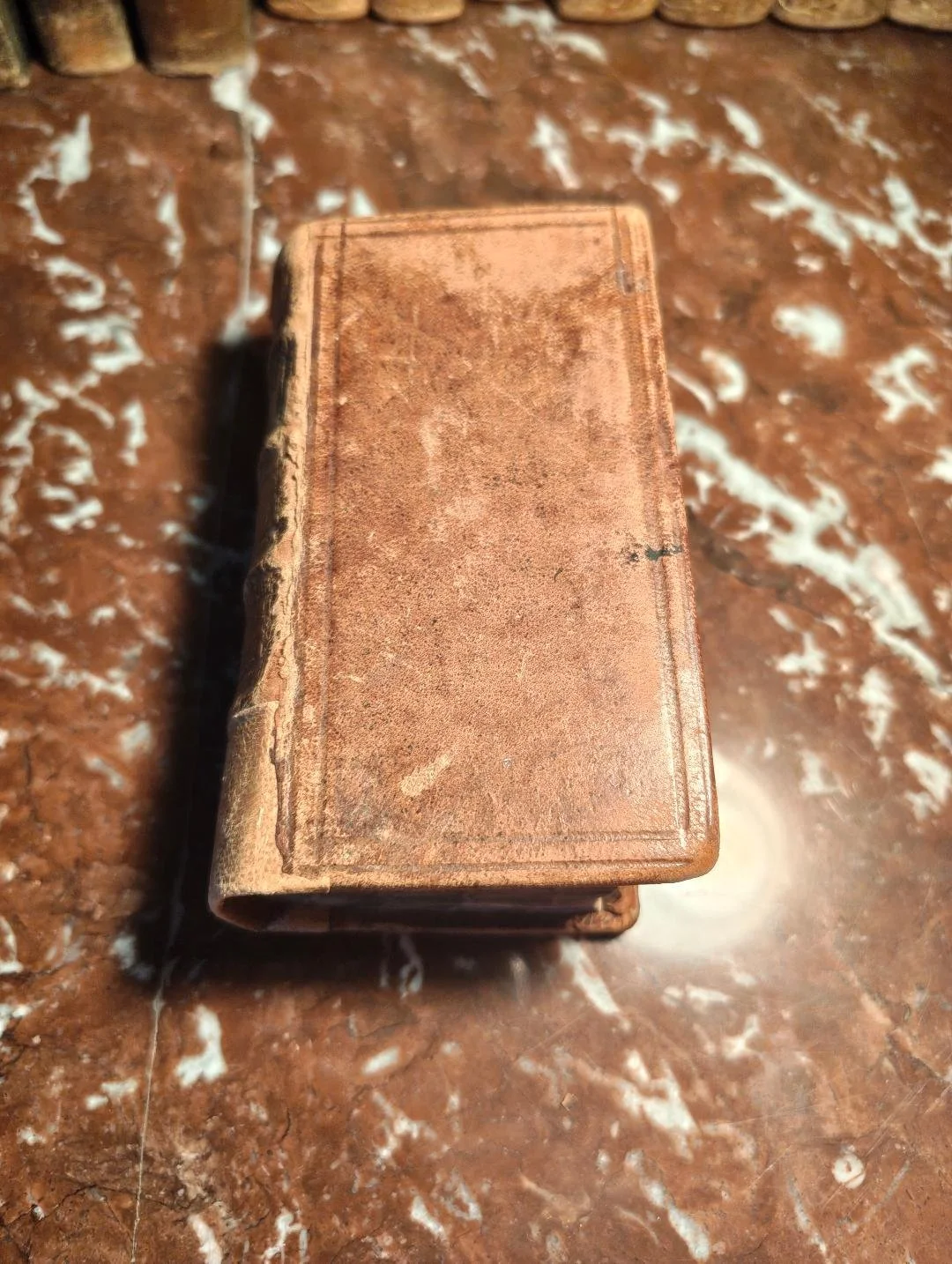 Image 9 of 10
Image 9 of 10

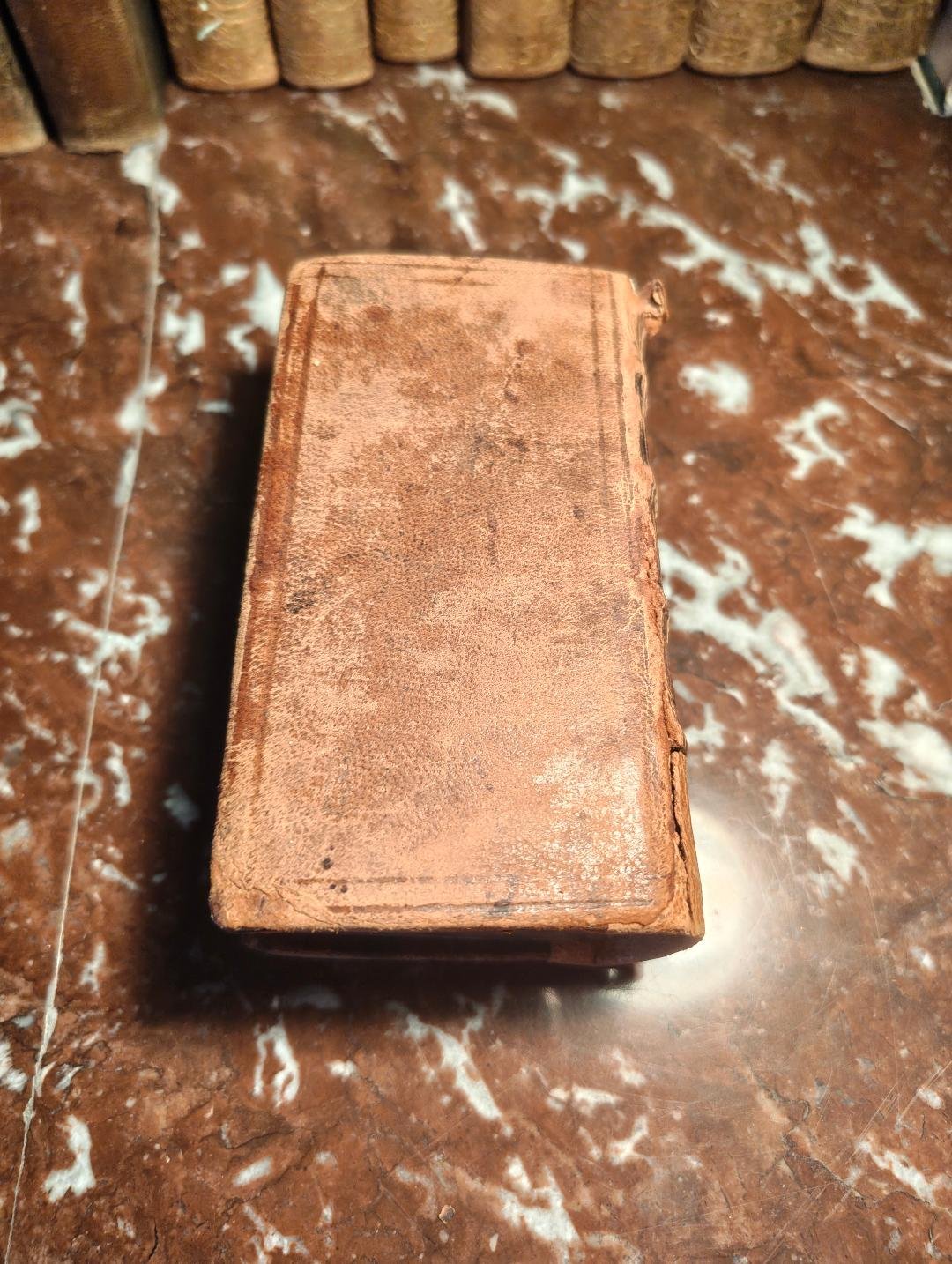 Image 10 of 10
Image 10 of 10











Publii Ovidii Nasonis Opera. Amsterdam 1634. Daniel Heinsius Edition. Miniature Latin Classic
This 1634 pocket edition of Ovid’s works, printed by Ioannem Janssonium and edited by Daniel Heinsius, is a refined example of Dutch Golden Age scholarship and printing. Produced in a format small enough to rest in the palm of the hand, it condenses some of the most celebrated poetry of antiquity into a volume intended for study, travel, and personal reflection.
A miniature Ovid for the humanist reader
The contents gather Ovid’s most influential works: the Heroides, the Amores, the Ars Amatoria, the Remedia Amoris, and a selection of shorter poems including De Nuce and De Pulice. In the intellectual culture of the seventeenth century, these texts formed a cornerstone of humanist education, valued for their wit, emotional precision, and rhetorical beauty.
The engraved frontispiece, filled with mythological figures, reflects the visual language of early seventeenth century Amsterdam and complements the decorated page edges that lend the book a restrained elegance.
Contemporary Dutch binding and early provenance
The book is bound in contemporary full leather with fold-over edges, a style designed to protect small-format volumes intended for frequent handling. The spine shows old repairs at the head and foot, with surface wear and cracking in accordance with age. The original title label remains faintly visible.
A handwritten early inscription, likely Swedish, suggests that the volume travelled north during the period when Dutch scholarly editions circulated widely among Scandinavian students and clerics.
Condition
The binding displays rubbing and wear consistent with nearly four centuries of use, though it remains structurally sound. The text shows light age toning and scattered spotting, but the paper is crisp, and the printing clear. The engraved frontispiece retains strong impression, and the text block is tight throughout.
Significance
This edition is a representative artifact of several interconnected histories:
• Amsterdam’s rise as a leading European center for classical printing
• the influence of Daniel Heinsius on early modern textual scholarship
• the popularity of miniature classics designed for private reading and scholarly travel
As an object, it embodies the refinement and portability that defined much of the Dutch book trade during the seventeenth century. For collectors of classical literature, Dutch Golden Age printing, or early miniature books, it offers a culturally rich and historically resonant example of Ovid’s enduring presence in European thought.
This 1634 pocket edition of Ovid’s works, printed by Ioannem Janssonium and edited by Daniel Heinsius, is a refined example of Dutch Golden Age scholarship and printing. Produced in a format small enough to rest in the palm of the hand, it condenses some of the most celebrated poetry of antiquity into a volume intended for study, travel, and personal reflection.
A miniature Ovid for the humanist reader
The contents gather Ovid’s most influential works: the Heroides, the Amores, the Ars Amatoria, the Remedia Amoris, and a selection of shorter poems including De Nuce and De Pulice. In the intellectual culture of the seventeenth century, these texts formed a cornerstone of humanist education, valued for their wit, emotional precision, and rhetorical beauty.
The engraved frontispiece, filled with mythological figures, reflects the visual language of early seventeenth century Amsterdam and complements the decorated page edges that lend the book a restrained elegance.
Contemporary Dutch binding and early provenance
The book is bound in contemporary full leather with fold-over edges, a style designed to protect small-format volumes intended for frequent handling. The spine shows old repairs at the head and foot, with surface wear and cracking in accordance with age. The original title label remains faintly visible.
A handwritten early inscription, likely Swedish, suggests that the volume travelled north during the period when Dutch scholarly editions circulated widely among Scandinavian students and clerics.
Condition
The binding displays rubbing and wear consistent with nearly four centuries of use, though it remains structurally sound. The text shows light age toning and scattered spotting, but the paper is crisp, and the printing clear. The engraved frontispiece retains strong impression, and the text block is tight throughout.
Significance
This edition is a representative artifact of several interconnected histories:
• Amsterdam’s rise as a leading European center for classical printing
• the influence of Daniel Heinsius on early modern textual scholarship
• the popularity of miniature classics designed for private reading and scholarly travel
As an object, it embodies the refinement and portability that defined much of the Dutch book trade during the seventeenth century. For collectors of classical literature, Dutch Golden Age printing, or early miniature books, it offers a culturally rich and historically resonant example of Ovid’s enduring presence in European thought.

